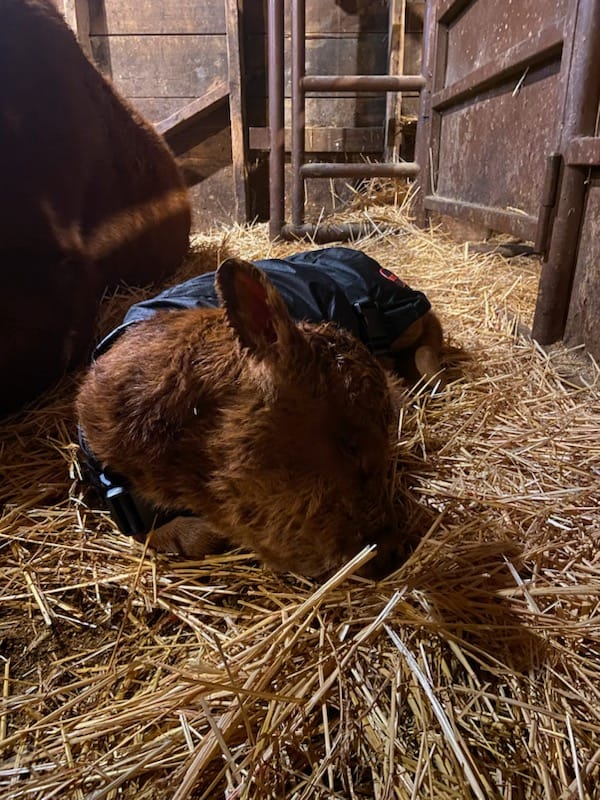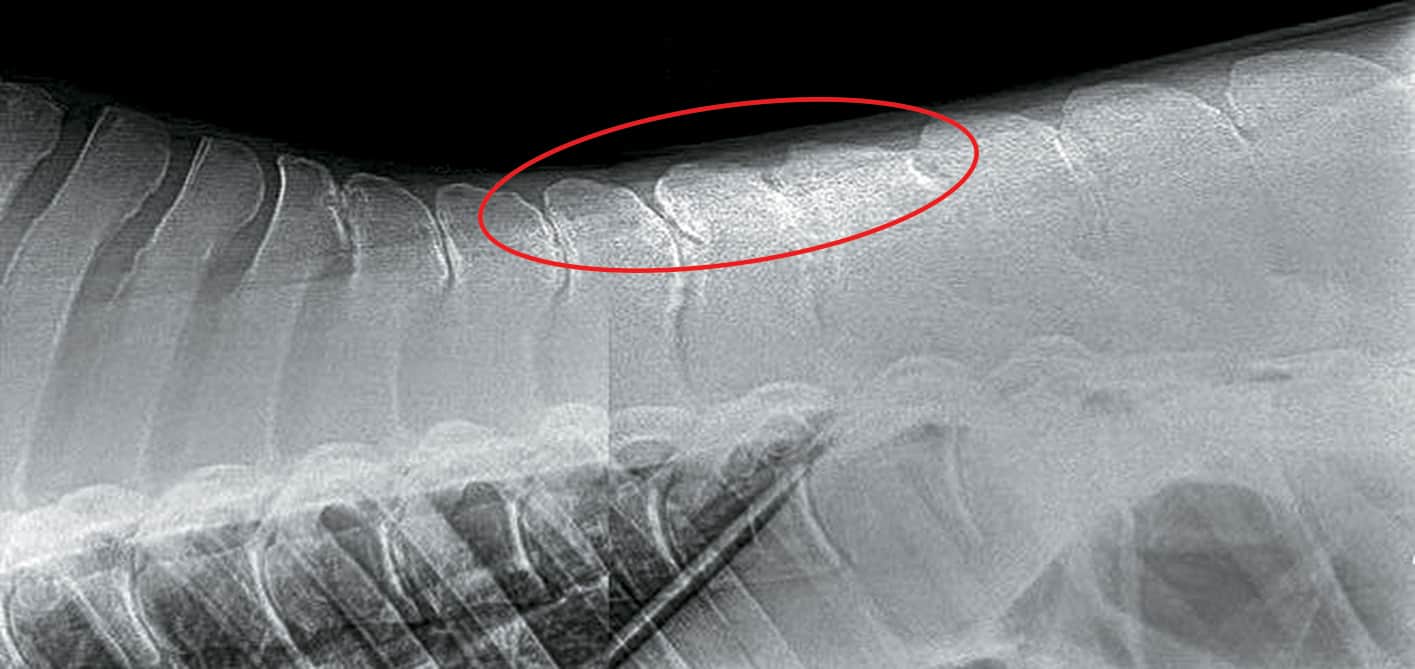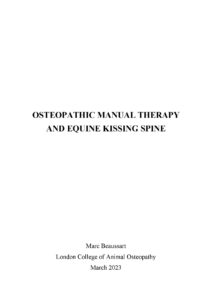Easing a Difficult Calf Birth with Craniosacral Osteopathy
As an experienced animal osteopath, course creator and member of the teaching faculty at London College of Animal Osteopathy (LCAO), Prof. Vickie Keam has treated canines, equines and cows of all ages. Here, a client describes how Prof. Keam was instrumental in easing a difficult calf birth through craniosacral osteopathy.
Pippa, the ranch pet cow had a very restless labour as she kept getting up and repositioning. After the long birth, we gave Pippa and her new calf space to bond. Returning a few hours later, I found a still agitated momma that was constantly mooing at her calf. The calf was laying flat on its side and kicking its back leg. It would get up, walk a few feet away and proceed to try and lay down, which was more of a flop. I watched the calf for about half an hour thinking it had gotten stepped on. I decided to send a video to our long-time Equine Osteopath, Vickie Keam, to ask if there was something that could be done. Vickie lives 3 hours away so she talked me through craniosacral and how to put my hands around the calf’s ears with my thumbs on her forehead and not to squeeze but to just feel and think positive.
While following Vickie’s instructions, I just kept telling myself to think the head needs to go normal. I could feel the slightest shift as her head readjusted. The newborn was standing during this time with her head almost to the floor, after ten minutes she did a big stretch and then another about a minute later, she then walked away from me and laid down like a normal calf, curled up and fell asleep. Pippa walked over to her baby, sniffed her, licked her, and laid down beside her calf and proceeded to chew her cud. Happy momma and calf.
L. Clark, Alberta Rancher
The first 12 hours of the calf’s life.
This is an hour after Prof. Keam talked the owner through craniosacral.

This is 24 hours after receiving craniosacral osteo.
For more information on how you can become an animal osteopath, click here



